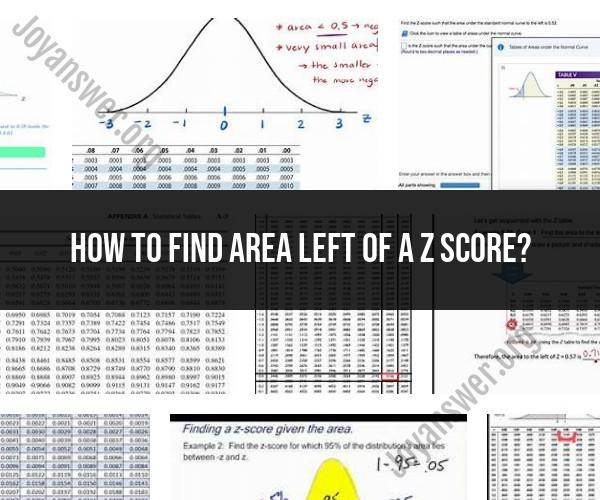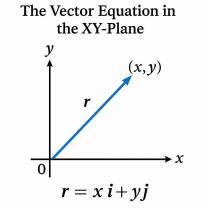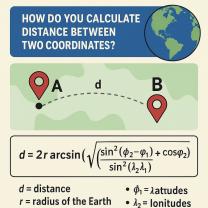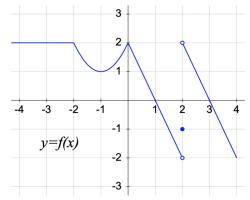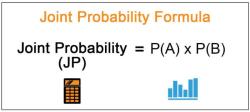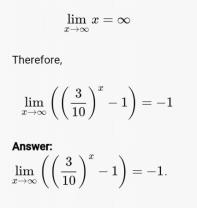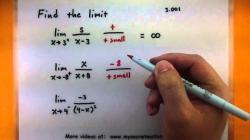How to find area left of a z score?
To find the area to the left of a specific z-score in a standard normal distribution (also known as the standard normal table or the z-table), you can use statistical tables or a calculator with built-in functionality for normal distributions. Here are the steps to find the area to the left of a z-score:
Identify the Z-Score: Determine the z-score for which you want to find the area to the left. This is often represented as "z" and represents the number of standard deviations a data point is from the mean in a standard normal distribution.
Consult a Z-Table: If you're using a printed z-table (standard normal distribution table), look up the z-score in the table. Most z-tables provide the cumulative probability (area to the left) associated with each z-score.
If you're using an online calculator or statistical software, you can skip this step, as they usually provide direct calculations.
Read the Cumulative Probability: In a z-table, locate the row that corresponds to your z-score, and read the cumulative probability (also known as the cumulative distribution function, CDF) from the table. This value represents the area to the left of the z-score.
Use a Calculator or Software: If you're using a calculator or statistical software, you can find the area to the left of a z-score directly. Most calculators and software have built-in functions for normal distributions. Enter the z-score, and the program will calculate the cumulative probability (area to the left) for you.
Here's an example:Suppose you want to find the area to the left of a z-score of z = 1.50.
- Using a z-table: Look up z = 1.50 in the table, and you might find that the cumulative probability is approximately 0.9332.
- Using a calculator or software: Enter z = 1.50 and use the normal distribution function, which will give you the cumulative probability.
The result represents the probability that a randomly selected data point from a standard normal distribution is less than or equal to the given z-score. In this example, it means there's approximately a 93.32% chance that a data point falls to the left of z = 1.50 in a standard normal distribution.
